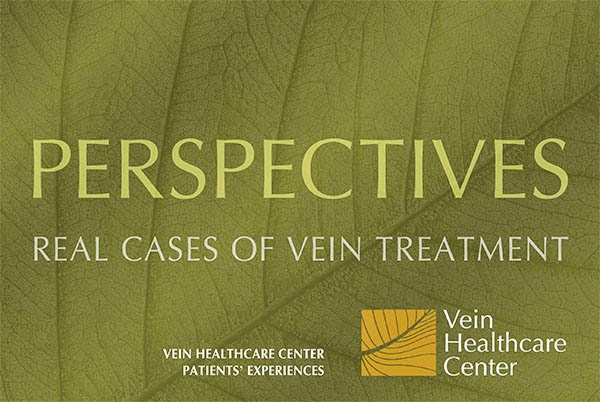In
2014, our
year-end blog post was the testimonial of a happy patient whose quality of life was markedly
improved by venous treatment. It was such a nice way to end the year that we’re
doing it again!
“I am a freelance creative professional, so I’m
always on my feet, and as an active person I’m always on the go. Before I went
to Dr. Cindy, I had a vein on my leg that was so gnarly and huge that it looked
like a topographical map on my leg. I sought treatment because I was also
experiencing cramping in my calves that was so severe I couldn’t run or swim
nearly as much as I used to.
After I got an ablation
on both legs, I started to see improvements in symptoms that I never even knew
were related to my vein problems. Not only did my leg cramps go away, my feet
stopped hurting and swelling up like balloons. My shoe size went down half a
size—and I have ankles again! I have new legs as far as I’m concerned. I don’t
tire as quickly, I have more endurance, and I have more cardio, which is
surprising to me. I didn’t know how much better I could feel.” – Nathan E.,
41, Portland, ME
To
read more stories about satisfied patients, click here to read “Perspectives: Real Cases of Vein Treatment.”
Dr. Asbjornsen and all of us at the Vein Healthcare Center wish you
a healthy holiday and a brilliant new year. See you in 2016!





















